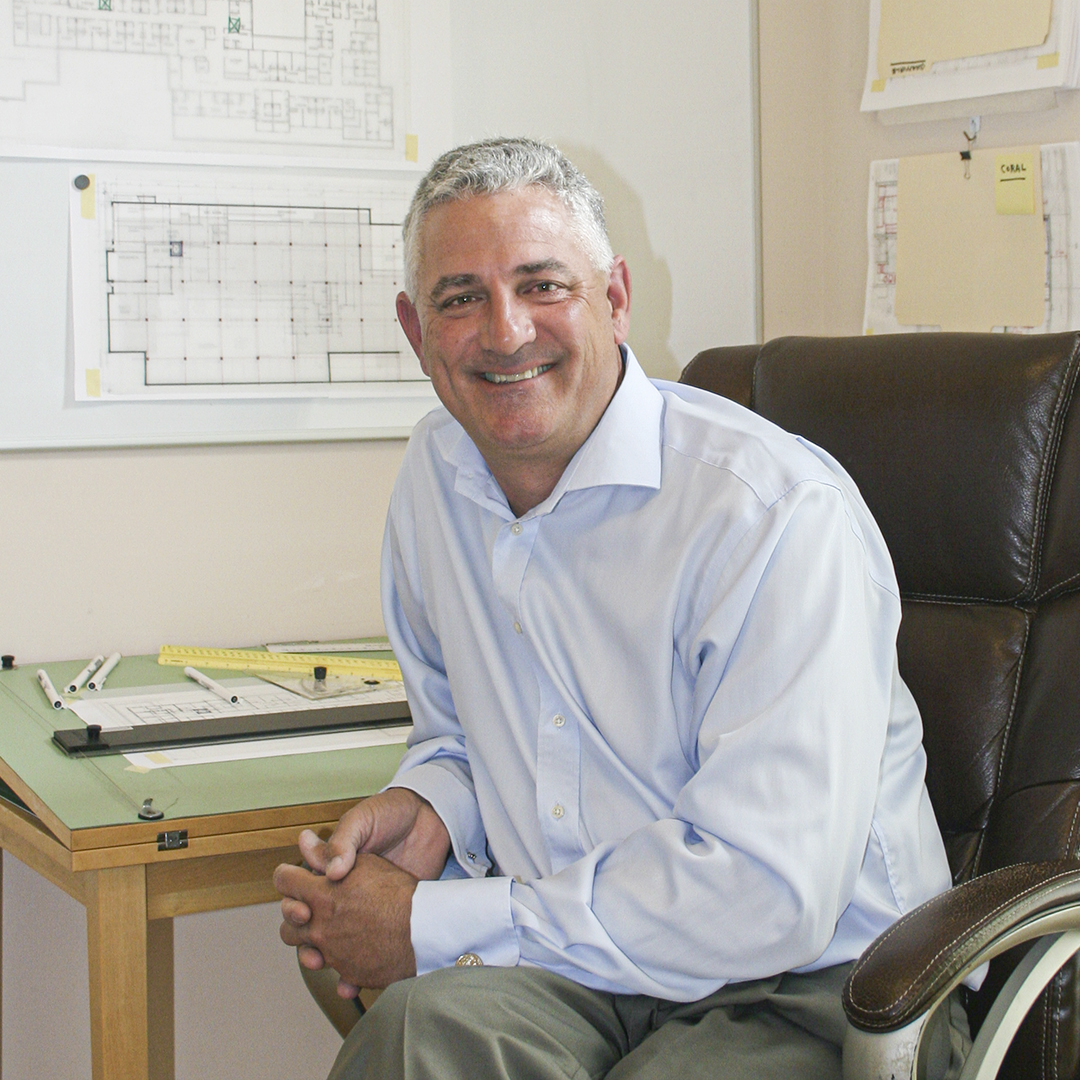|
Getting your Trinity Audio player ready...
|
At the end of 2019, the American Dream became available for purchase, in the form of a mall just outside of New York City.
American Dream, described as a “revolutionary, first-of-its-kind community for fashion and luxury retail, fine to casual dining, and an array of unexpected entertainment” opened in the Meadowland Sports Complex of East Rutherford, New Jersey. With 2.7 million square feet of retail floor area and 33,000 parking spaces, it is the third largest development of this type in the US. It is owned by Triple Five Group which also runs the fabled Mall of America in Bloomington, Minnesota.

Best Buy also calls Minnesota home, but is among the approximately 450 stores slated to open in the American Dream. Chris Brandewie, the electronics company’s director of store design, notes that a major difference in this particular location is that it will be much smaller (at 24,000 square feet plus 6,000 square of warehouse space) than the typical big box location the company has just two miles away (at 45,000 square feet).
Why? The firm’s presence at this particular venue is about something more distinctive, Brandewie explains. The American Dream is as much an entertainment complex (boasting six grand atriums, a 60-foot fountain, a live stage, six rollercoasters, a water park, bowling alley, aquarium, room for indoor skiing, and a mirror maze) as it is a place to shop.
The American Dream unit is enabling the company to approach bricks-and-mortar retailing in a very different way. Using “experiential retail,” the smaller store has what Brandewie calls “convergent zones, points of discovery along the way” that show how different electronic products work together. In modern homes with interactive, voice-command devices, few products stand by themselves. But the consumer is easily befuddled by so many choices.
“We first have to meet the customer on their simple needs,” he says. That requires showing the interplay of the whole experience with the functional nature of appliances, home theaters, tablets, cell phones, wearable technologies, and many other product categories.

“Data drives design,” the store director explains. “We don’t choose, for example, a color simply for what it looks like.” This approach applies not just to the new location but also to all 1,000 Best Buy locations across North America.
To illustrate that point, Brandewie mentions that new and retrofit stores are now transitioning from white to black ceilings, to bring eyes down to product displays. And, there will be a greater use of wood on the sales floor, “because natural materials provide a dichotomy with electronic materials, bringing the shoppers’ eyes there as well,” he shares.
The data points that drive this theory come from many places. They range from standard marketing research to tracking shopper movement inside stores (via body heat sensors) and shoppers’ use of Best Buy’s rewards program smartphone app. Brandewie also consults trade media for new ideas. “The first hour of every day I spend reading industry websites, including fashion and automotive, as they are leaders in design trending,” he says. “I look for what might affect us. The information is out there. You can find patterns if you look.”
The watchword that guides Brandewie’s design team in the cluttered retail environments is to simplify—or as he emphasizes, “simplify, simplify, simplify!” It helps the consumer when you give them a strong visual hierarchy, he says.

The battle Best Buy has traditionally fought, as a retailer of many brands with its own trade dress and identity, is the clutter of brand: A next to brands B and C. That’s what those convergence zones help accomplish. Brandewie’s team strives to achieve an “Oh!” moment, when everything makes sense to the consumer. They might come in to buy a television; but seeing how it fits with a larger entertainment system is beneficial to the buyer.
With more than two decades of experience in retail design, Brandewie has figured out how to negotiate that delicate space between a rapidly changing marketplace and a long-established business. Founded in 1962, Best Buy must now sell its wares to a broad range of consumers in both online and brick-and-mortar formats.
Because all shopping is migrating to online, right? Perhaps not. What Best Buy is finding (and presumably other retailers as well) is that Generation Z—consumers under age 25— likes going to real stores. “They grew up online but seem to want the interaction and social experience of brick-and-mortar,” he says.
In his leadership role, Brandewie considers employing more members of the new generation for their added insight. And one of the most important lessons he’s learned, that he imparts to his charges, is that you learn more through failure than from success.
“Objective criticism is hard for us creatives,” he acknowledges. “But reality is in the data. Some of the best creativity comes from working within that—and the restrains of a budget.”
Editor’s Note: At the time of press, Chris Brandewie had taken a role as vice president of strategy and design at Outform.


